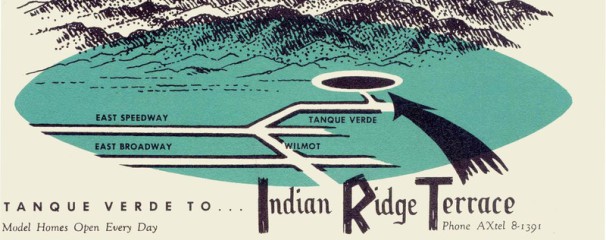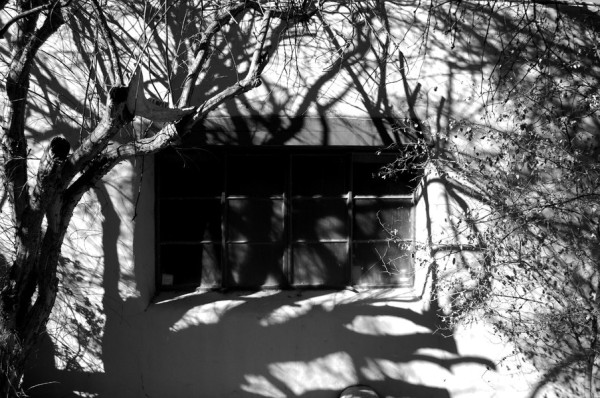
The University Indian Ruins
Introduction by Paul Heydt
The University Indian Ruin site is within the boundries of the neighborhood and is approximately 13 acres in size. The land is owned by the University of Arizona's Department of Anthropology through a generous donation from a former U of A archaeology student, gifted in 1933 in order that there would be a working site with which to train archaeology students.
As the story goes, centuries before Europeans first came to the Tucson Basin, a group of Indians with a distinctive way of life settled here. They were called the Hohokam (ho-ho-kam), a Pima Indian word meaning "all used up". The Hohokam people built villages close to streams in order to farm the rich soil, and to hunt and gather in the surrounding desert and mountains. Following a long period of early farmers beginning 4,000 years ago, the Hohokam lived in the Tucson Basin from about A.D. 300 to 1500. According to the dating of artifacts found, the Hohokam people who settled on Indian Ridge land were here from approximately A.D. 1150 to as late as 1450.
Additional discoveries of certain dated artifacts raise the possibility that people were intermittently here as late as the early 1700s and possibly even into the 1800s. The site was once a prominent central place in the late pre-Hispanic settlement pattern of theeastern Tucson Basin. We know this was the only settlement in the area with public or ceremonial architecture, in addition to adobe dwellings. This village served as a public focal point for a much larger community of interrelated and dispersed populations living in numerous surrounding hamlets and small villages. Other evidence of structures and artifacts enables us to estimate that between 600 to 1,000 Hohokam people may have lived in the neighborhood. They farmed the flat low-lying area to the immediate west of the neighborhood. Archaeologists have identified this site as one of the last and largest Hohokam Villages in the Tucson Basin. Features at the site represent more Puebloan influences including contiguous walled room blocks. These villagers were part of the larger Hohokam world whose inhabitants lived in the Sonora Desert of Southern Arizona.

